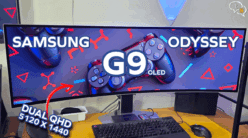You might have seen HyperX fury RAM earlier which are really popular with the gaming community, only the peripheral division of HyperX was sold to HP, so Kingston as it still controls its DRAM division has rebranded the HyperX Fury line, and is now available under the Kingston banner as Kingston Fury.
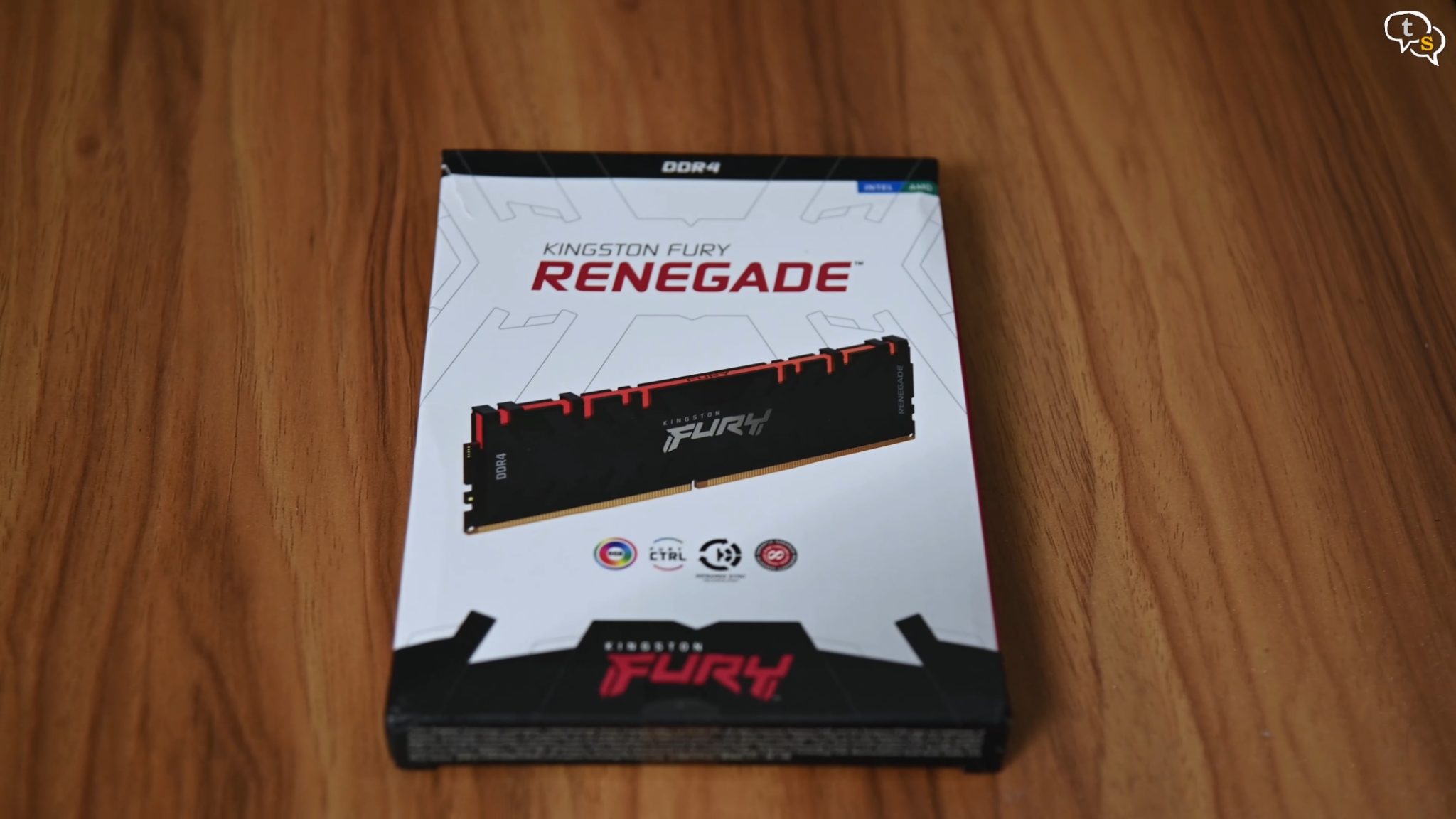
I have here the Kingston Fury Renegade DDR 4 RAM which is a 16 GB kit, but has a frequency of 4600 Mhz. Kingston does have DRAM speeds going all the way up to 5333 Mhz.
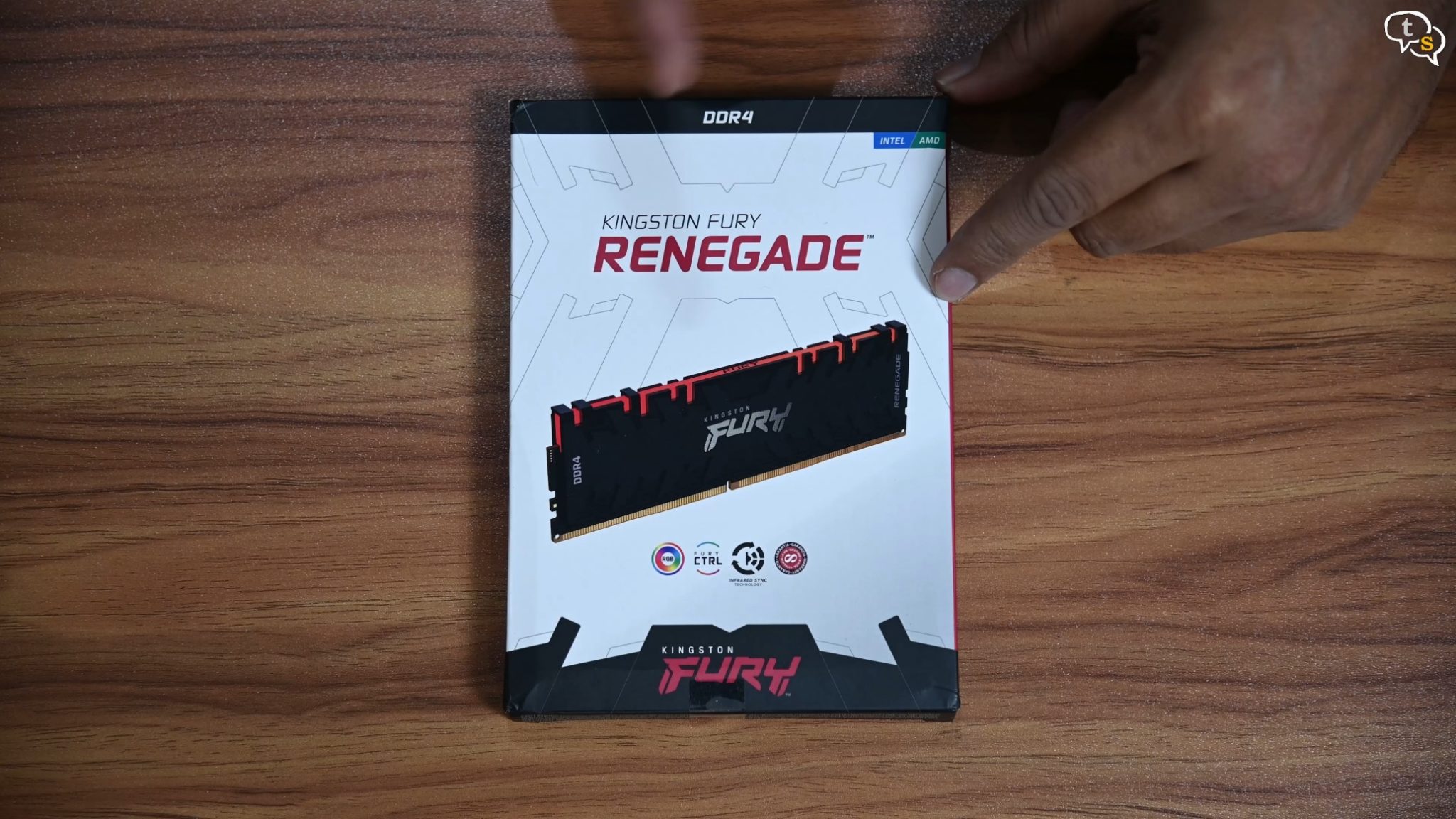
Let’s open up the box and take a look at what we have.
We have the Kingston Fury branding on the top, this is the Renegade version which is Kingston’s high-speed RAM. These are DDR4 RAM as with most systems at present, and DDR5 is yet to become mainstream.
Supports Intel and AMD XMP profiles, the motherboard and the CPU should support the high speed the RAM provides else it would just throttle back to the maximum speed supported by the motherboard.
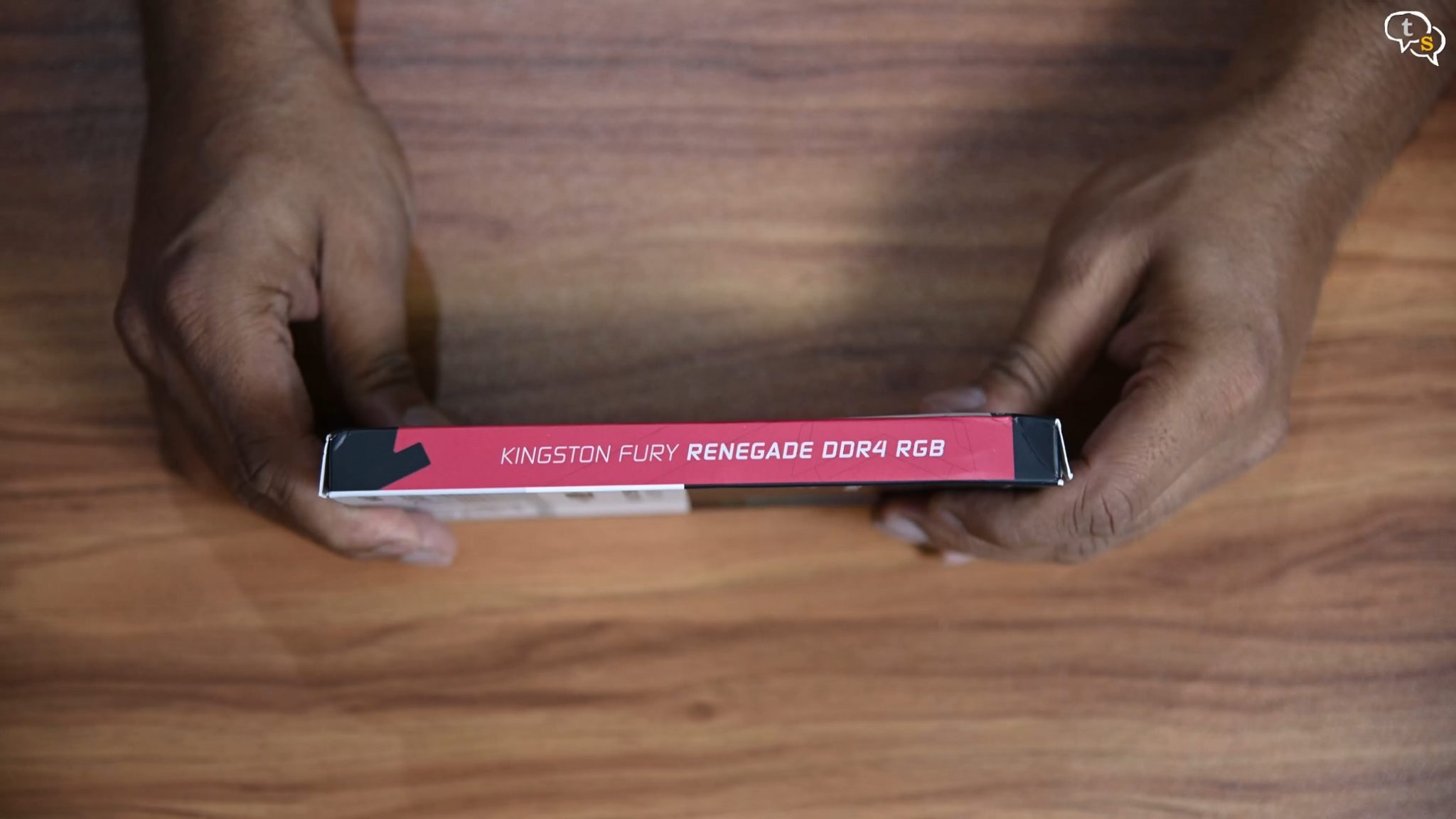
Kingston Fury Renegade branding on the side, oh yeah, these DIMM’s are RGB, so the edges would glow in RGB.
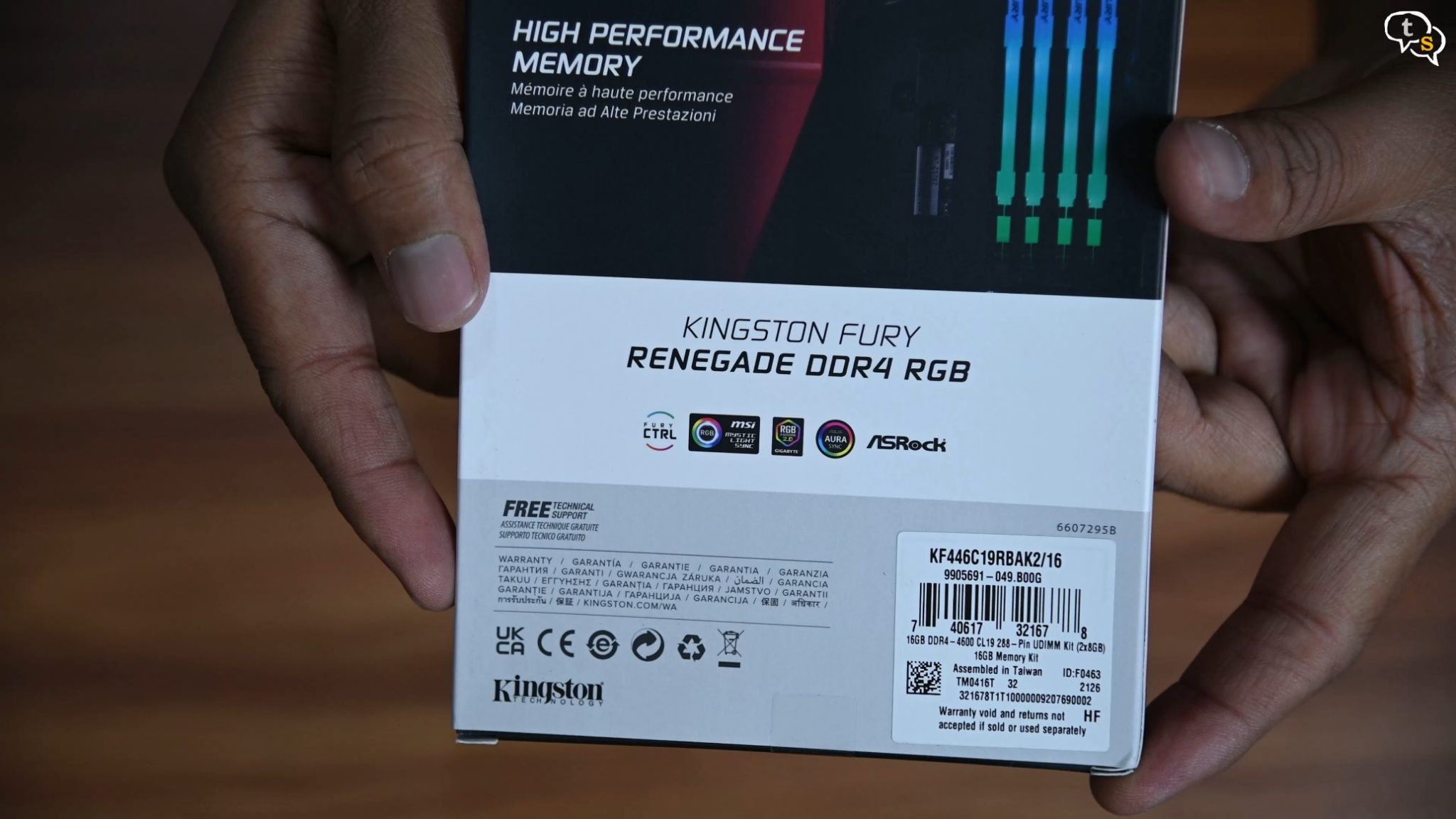
The RAM supports most RGB software and mine is a Gigabyte motherboard, so RGB fusion is also supported.
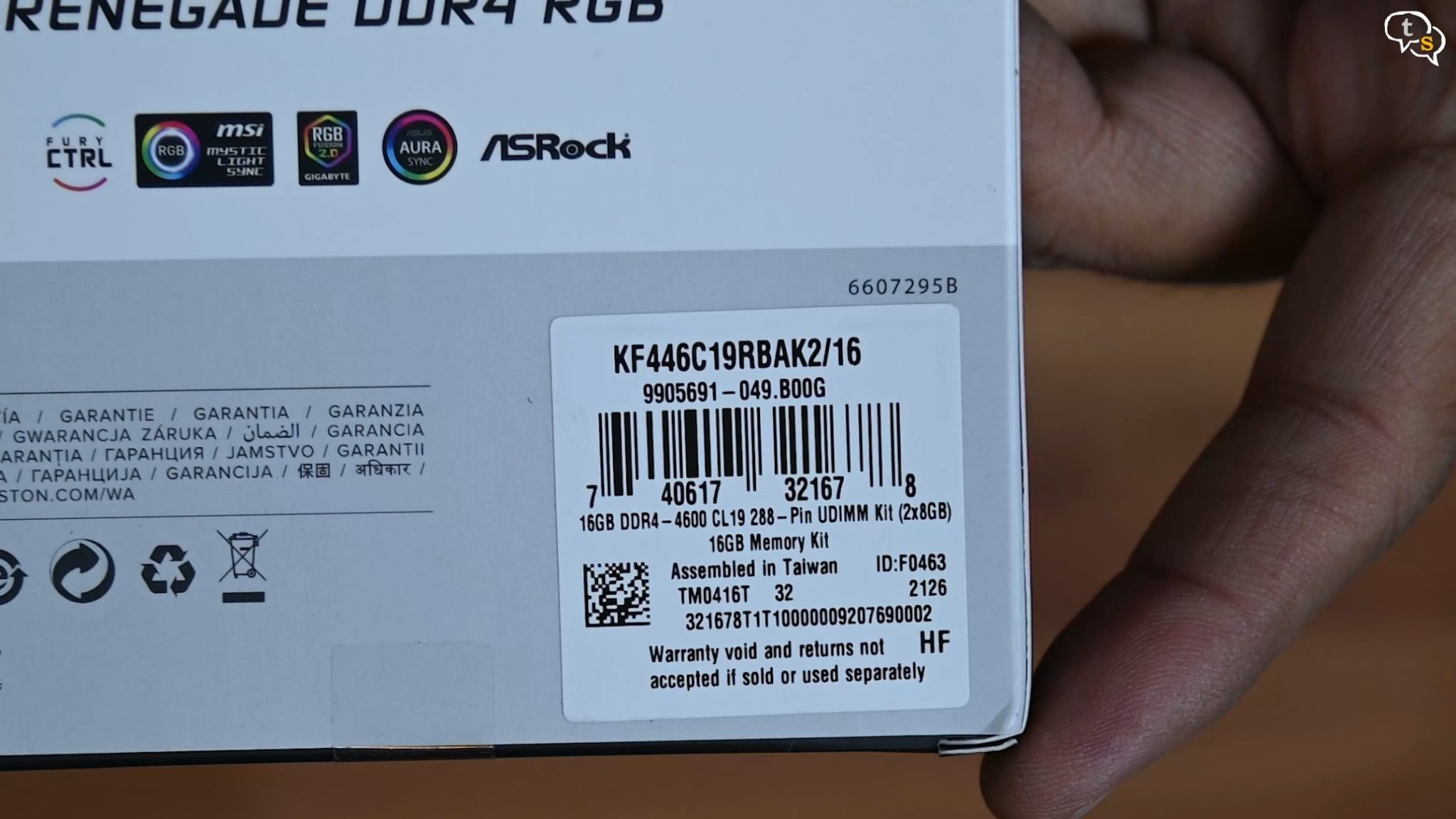
Here are the specs, 4600 MHz with CL19 timing. CL19, isn’t it slow. I was thinking that too, but the latency timing is calculated by multiplying the clock cycle duration by the total number of clock cycles. So effectively as this RAM is actually fast, the latency actually goes down.
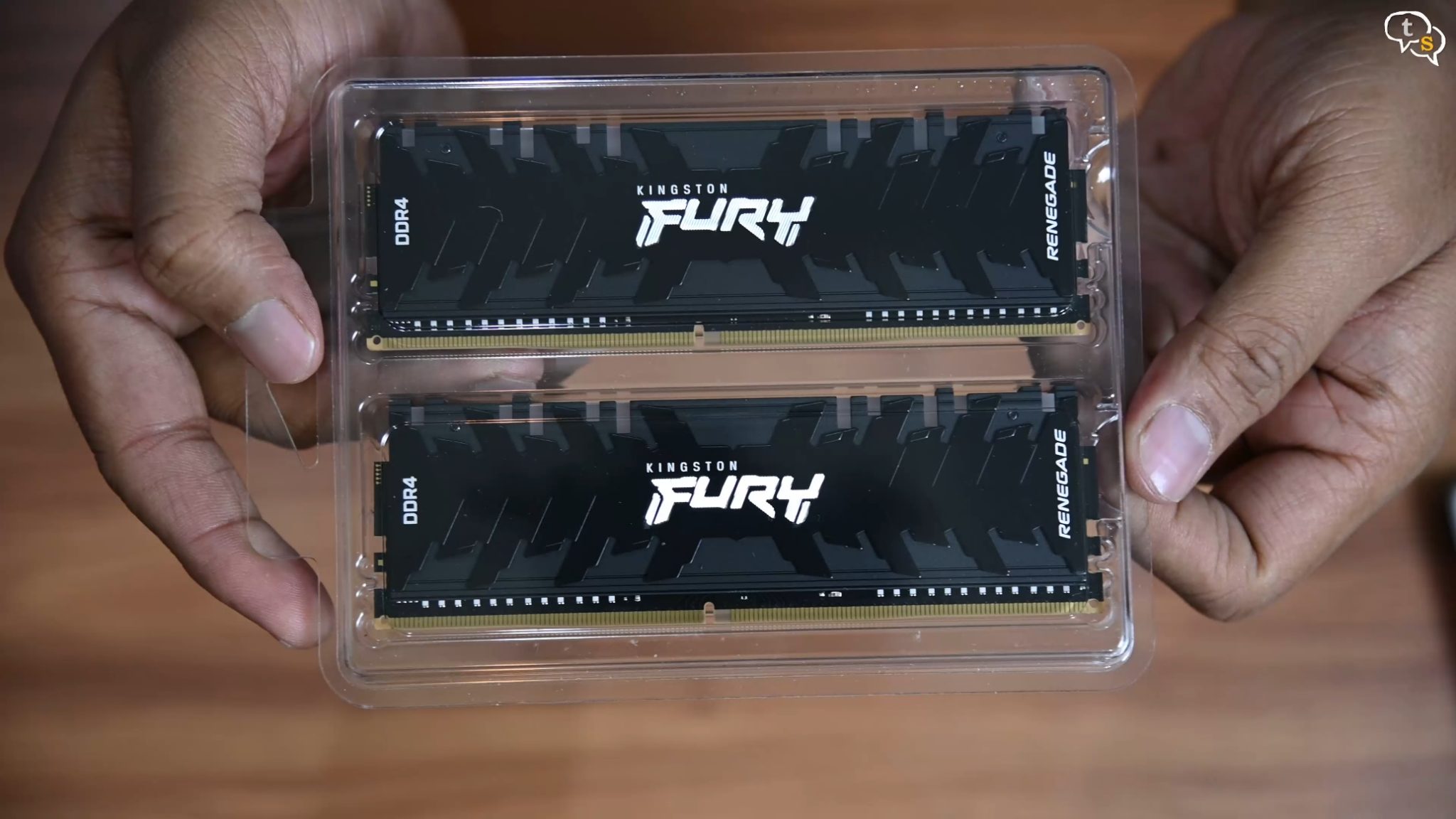
Out of the box this is how they look. The Aggressively styled black aluminium heat spreader looks cool and the internal PCB is also black.
This is the 2X8 16 GB kit.
Hmm, how do you open the box? Do I need to cut something?
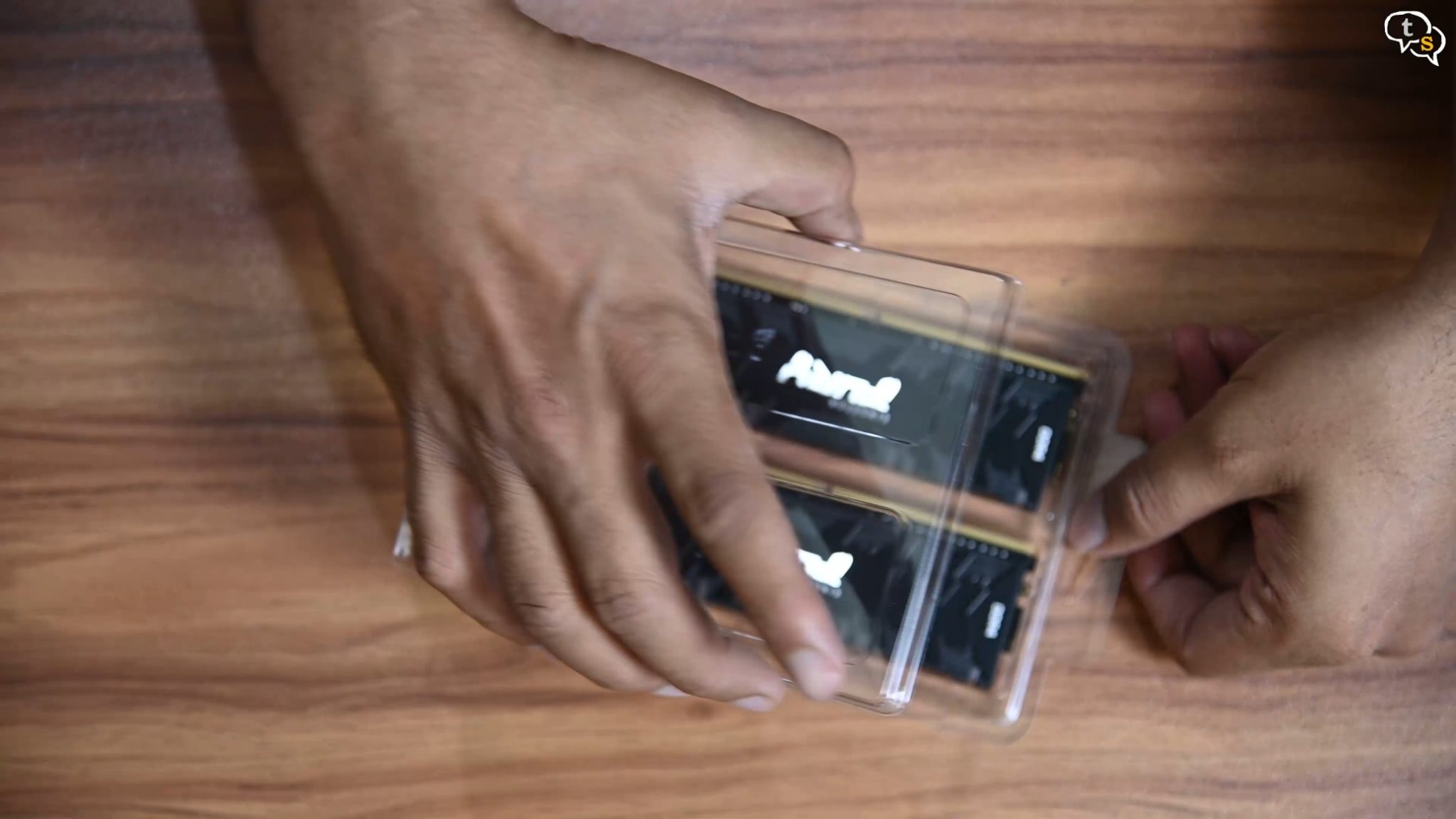
Phew, glad I didn’t cut anything, the cover just pops off.

Yeah, there you go, this looks really awesome. The Kingston fury branding just stands out on this embossed design. It has DDR4 and renegade marked on the sides.
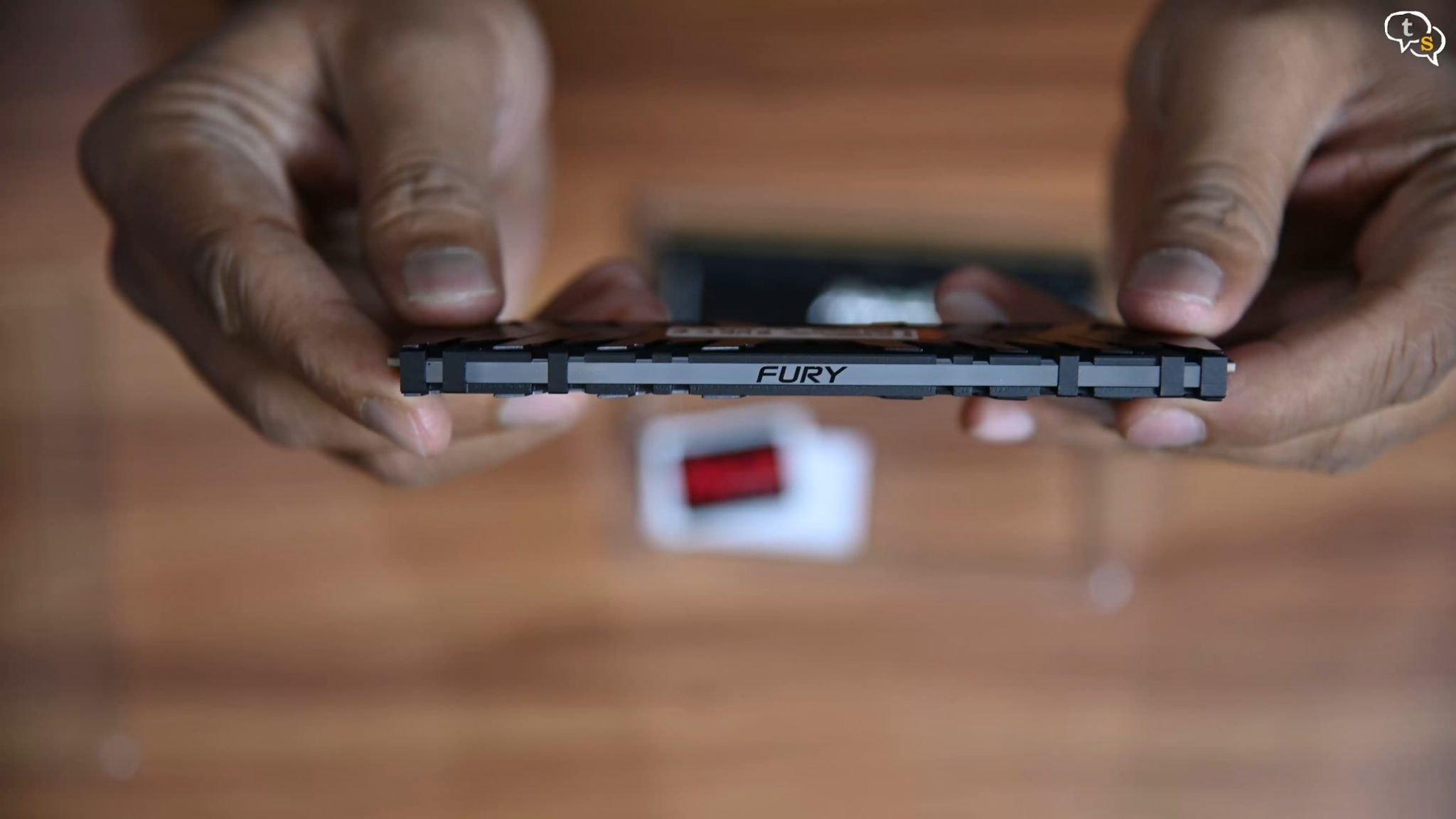
The top edge has the FURY branding and the white sections are where the RGB LEDs would light up. These sections of the edges light up too.
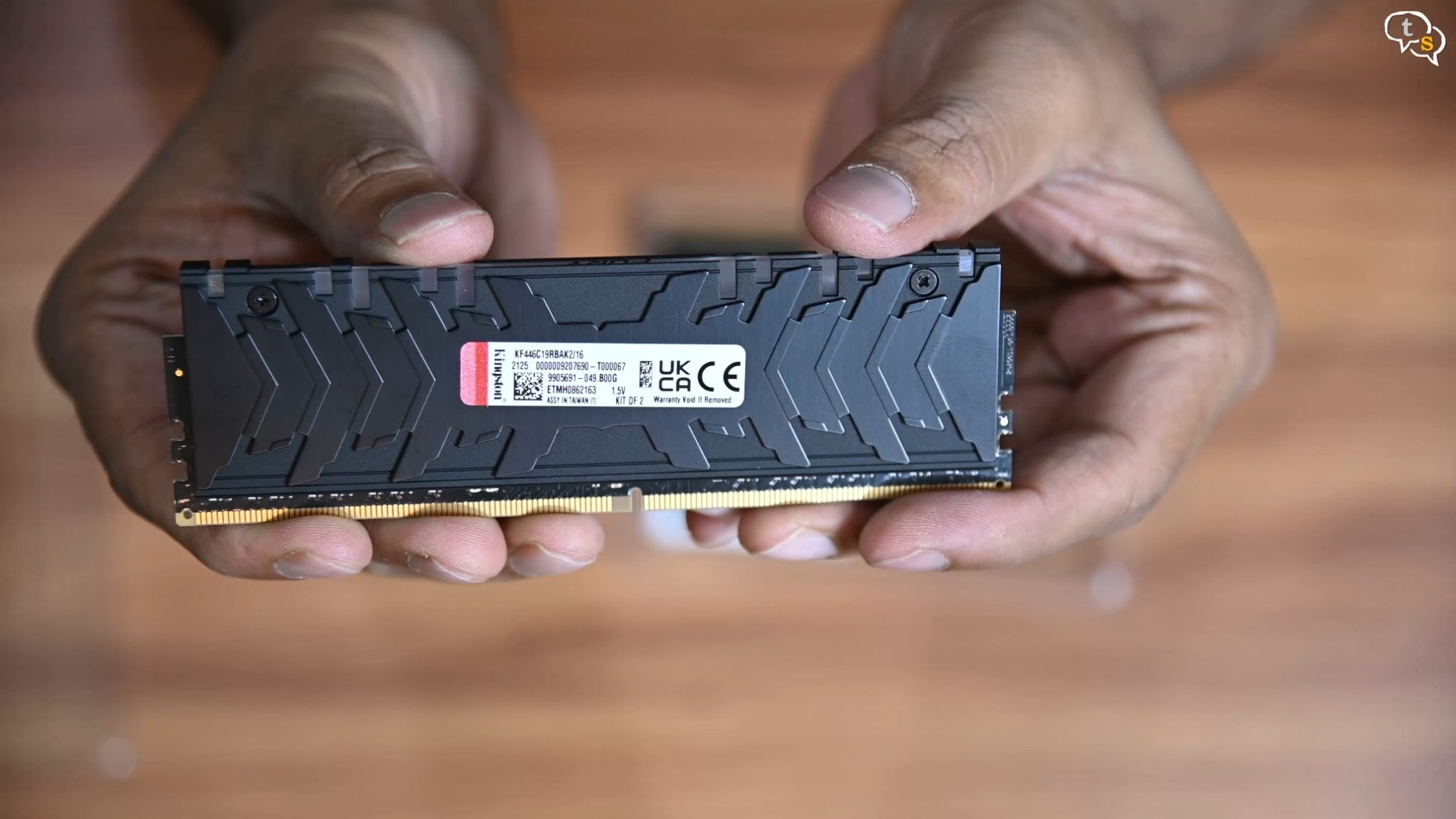
The back has a sticker with the information on the timings and frequency.


Also in the box is a Kingston Fury sticker to adorn your case and a mini user manual.
The system you’re installing the RAM in should also support the speed it provides, otherwise it’s just wasted money.


I have the Gigabyte Aorus X570 Elite motherboard and the CPU is the Ryzen 7 5800X, both the components in tandem support fast RAM all the way to 5333 MHz, so 4600 MHz is easy.
Make sure you check your PC specs before purchasing.


So let’s open up the PC and replace the RAM. I currently have these Corsair Vengeance RAM and they are running at 3600 MHz, not slow in any way.
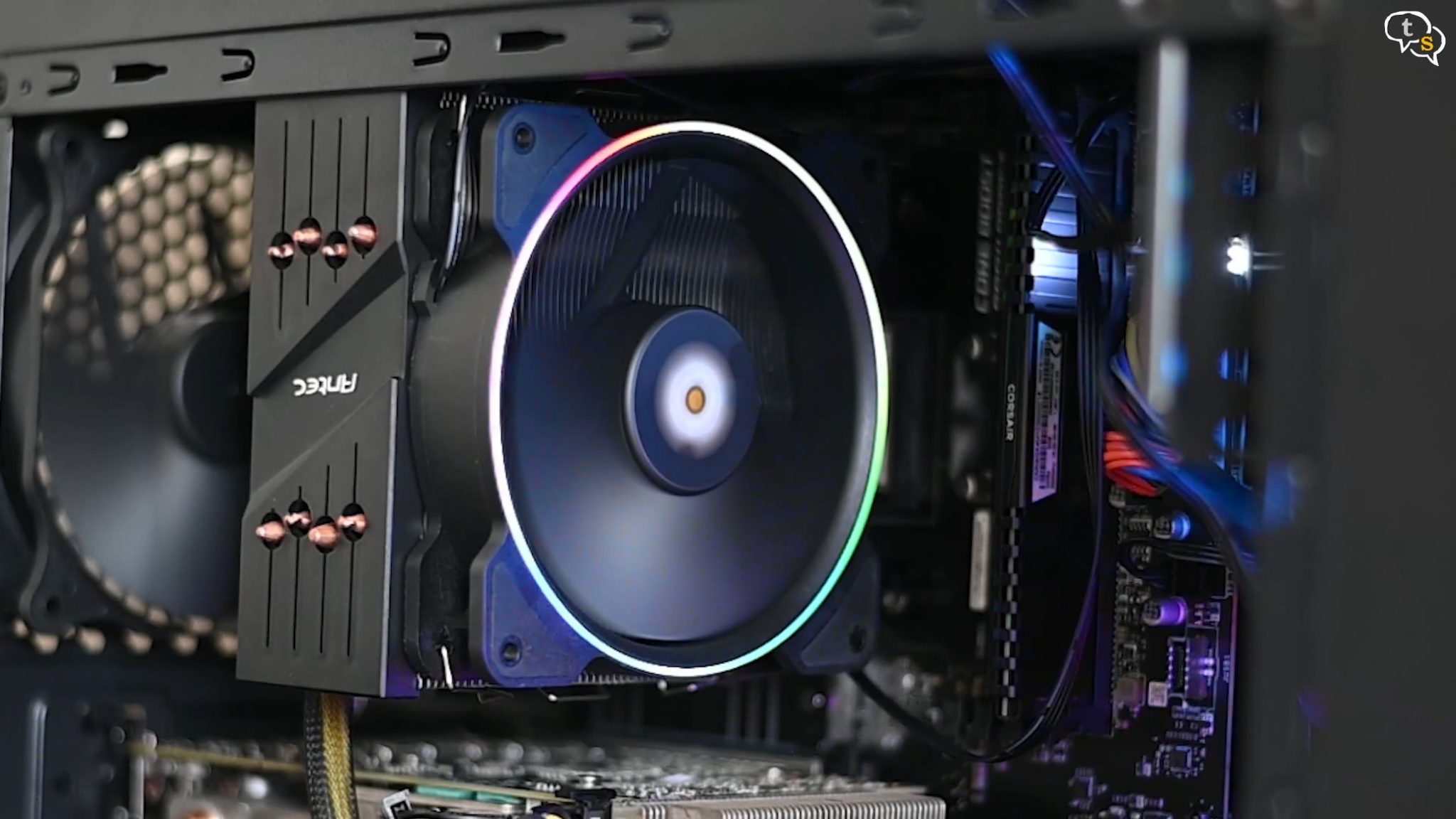
These are low profile dimm’s meaning they mostly won’t interfere with any air coolers allowing for more flexibility during installation. But this has no RGB elements and other than this black finish just looks normal.

The Kingston Fury is a bit taller than the Corsair vengeance RAM, understandable that it needs to house the LEDs within. But compared to other RGB RAM this one is not that tall at 42.2 mm.
Let’s install these in and check it out.
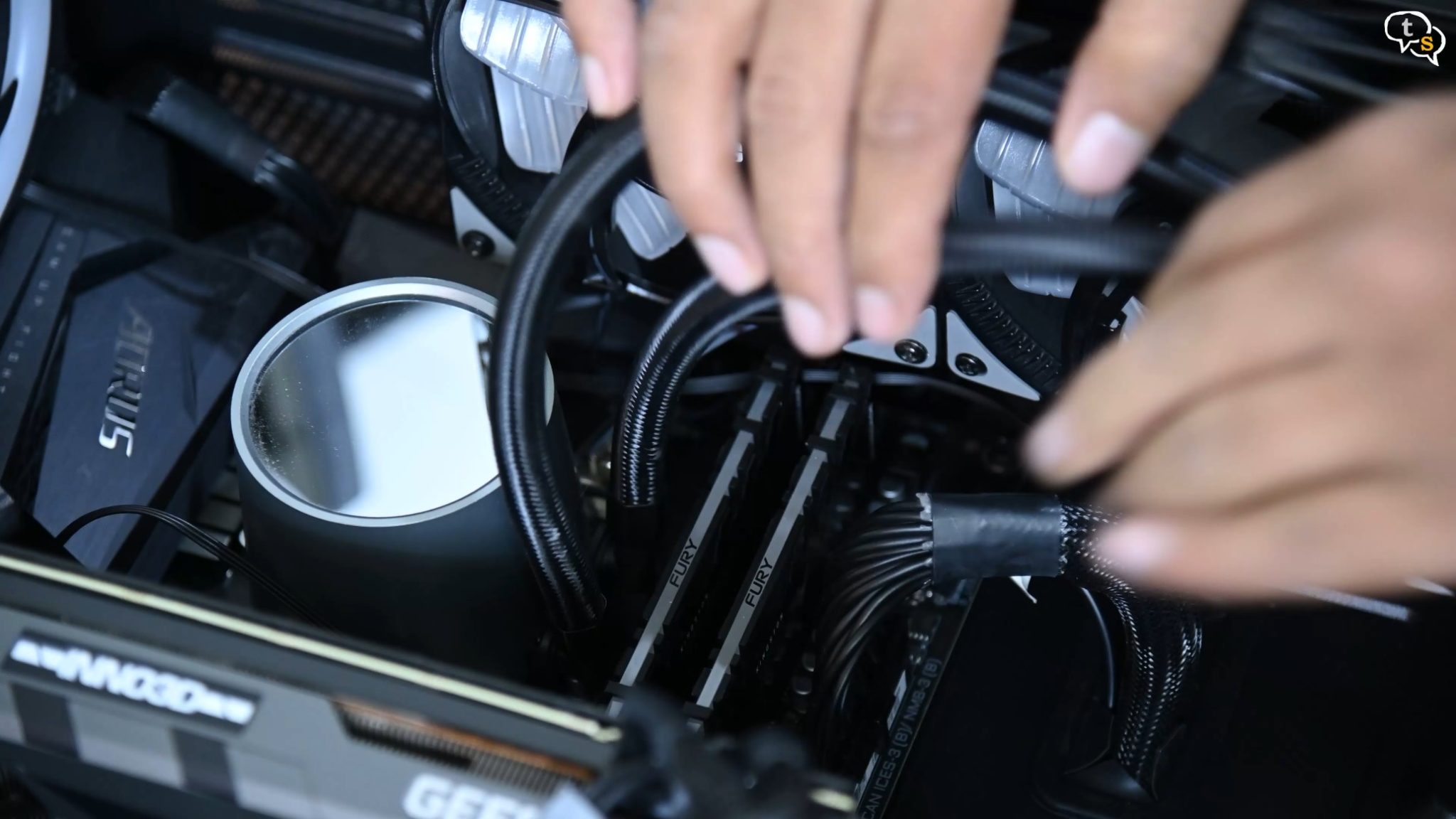
DIMM number one and two, done.
Now let’s boot the system up and set it up.
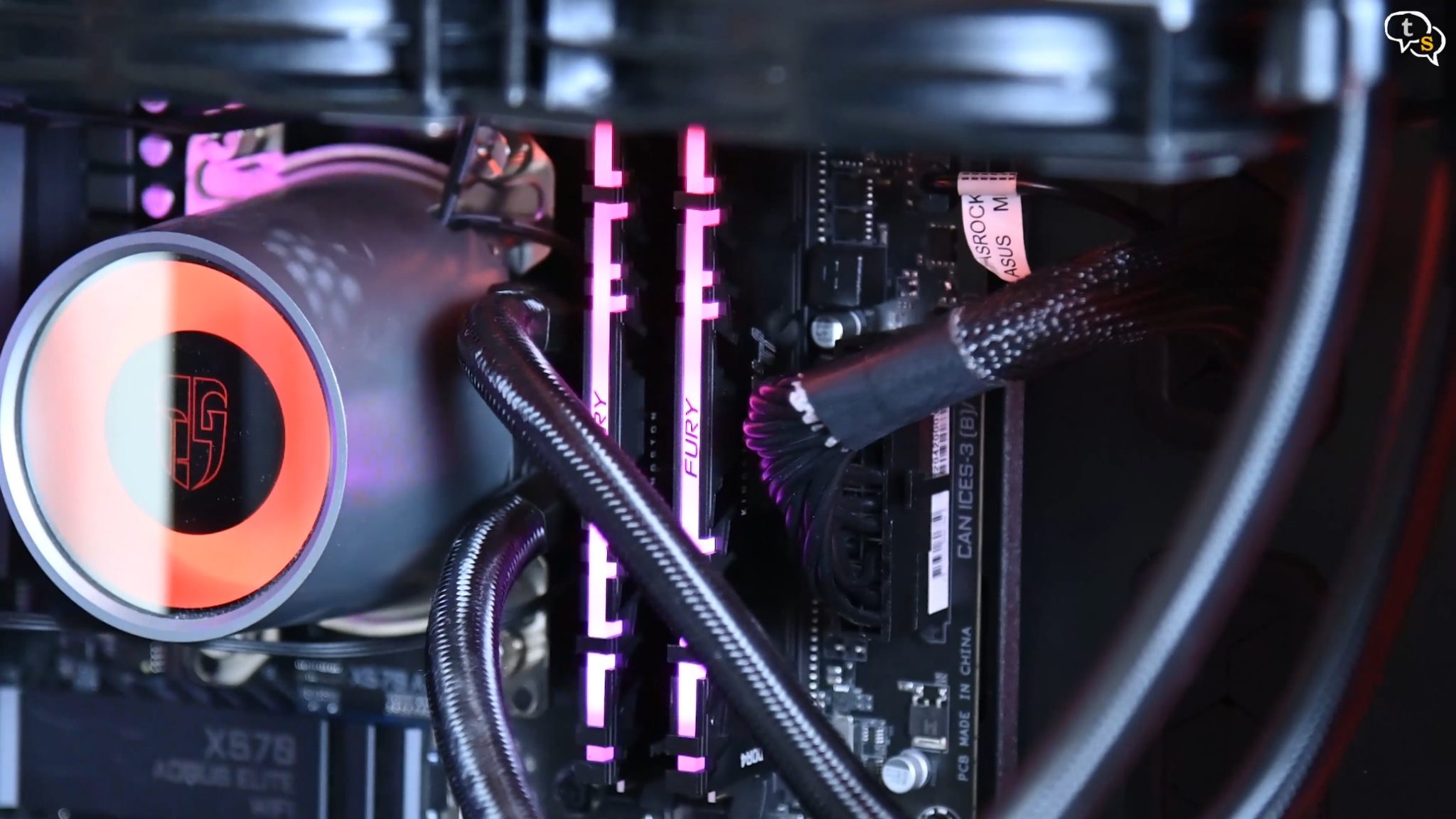
On first boot, the DIMM’s light up in colour cycling mode.
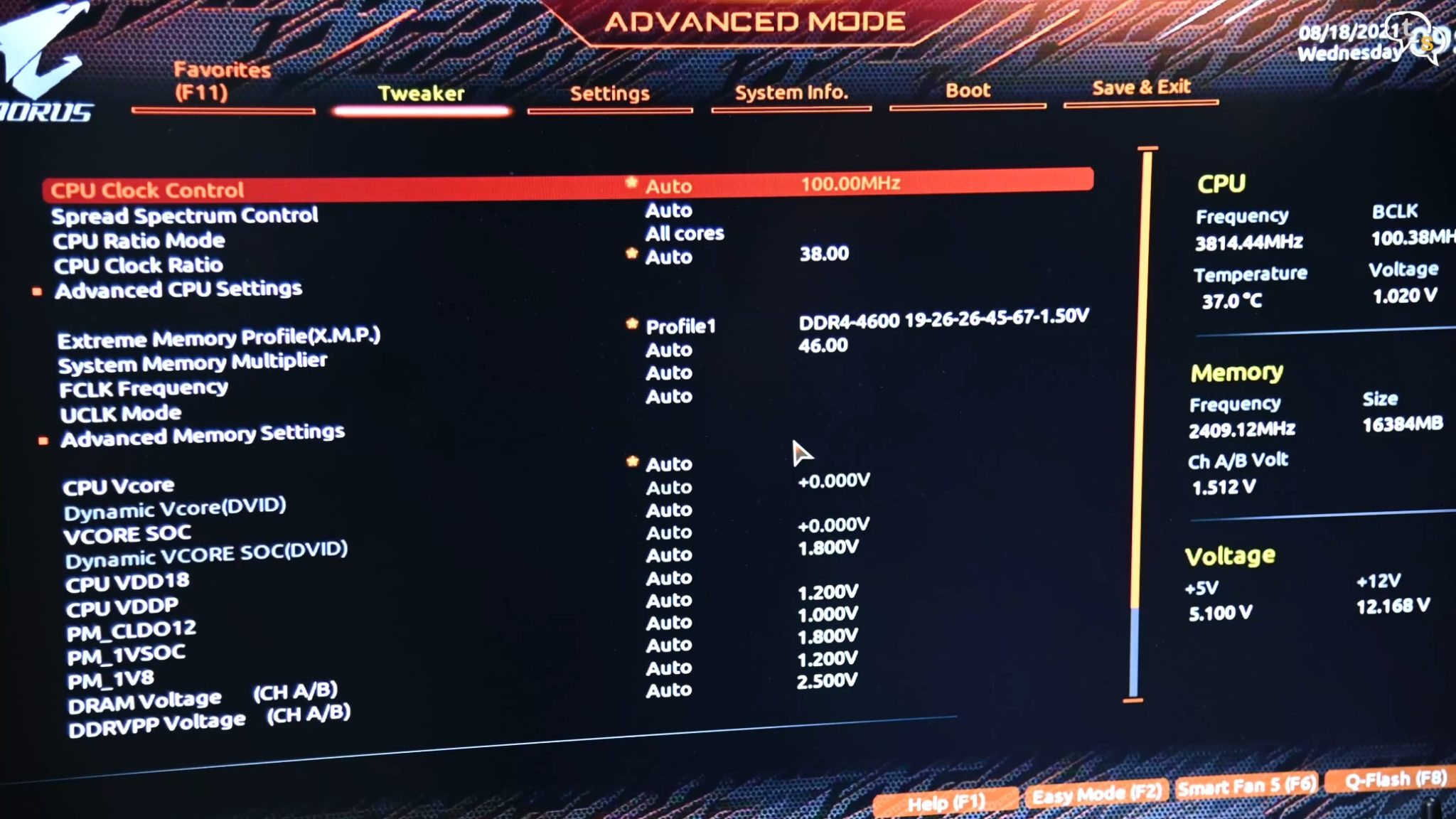
The system booted into the bios directly as it detected a change in RAM.

Here, the RAM is detected, and it displays the frequency, timings, everything. So, it’s working fine and the XMP profile has loaded allowing the RAM to run at its maximum speed.
The RAM supports both Intel and AMD XMP profiles.
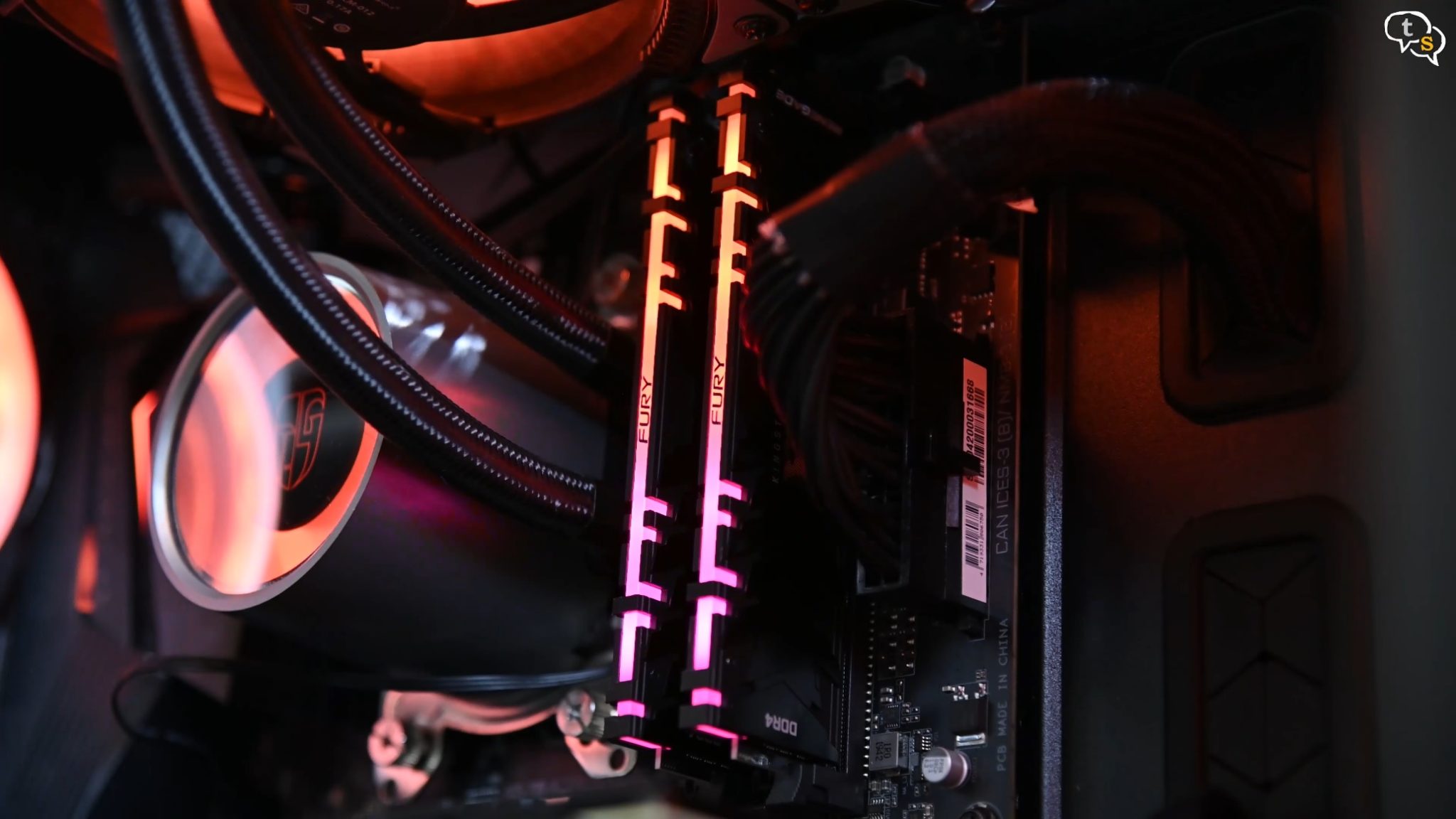
Cool, it looks really bright and attractive.
The colour’s as you notice are not matching the rest of the system. We can use RGB fusion, Gigabyte’s RGB software to control the colours on the Fury Renegade too.
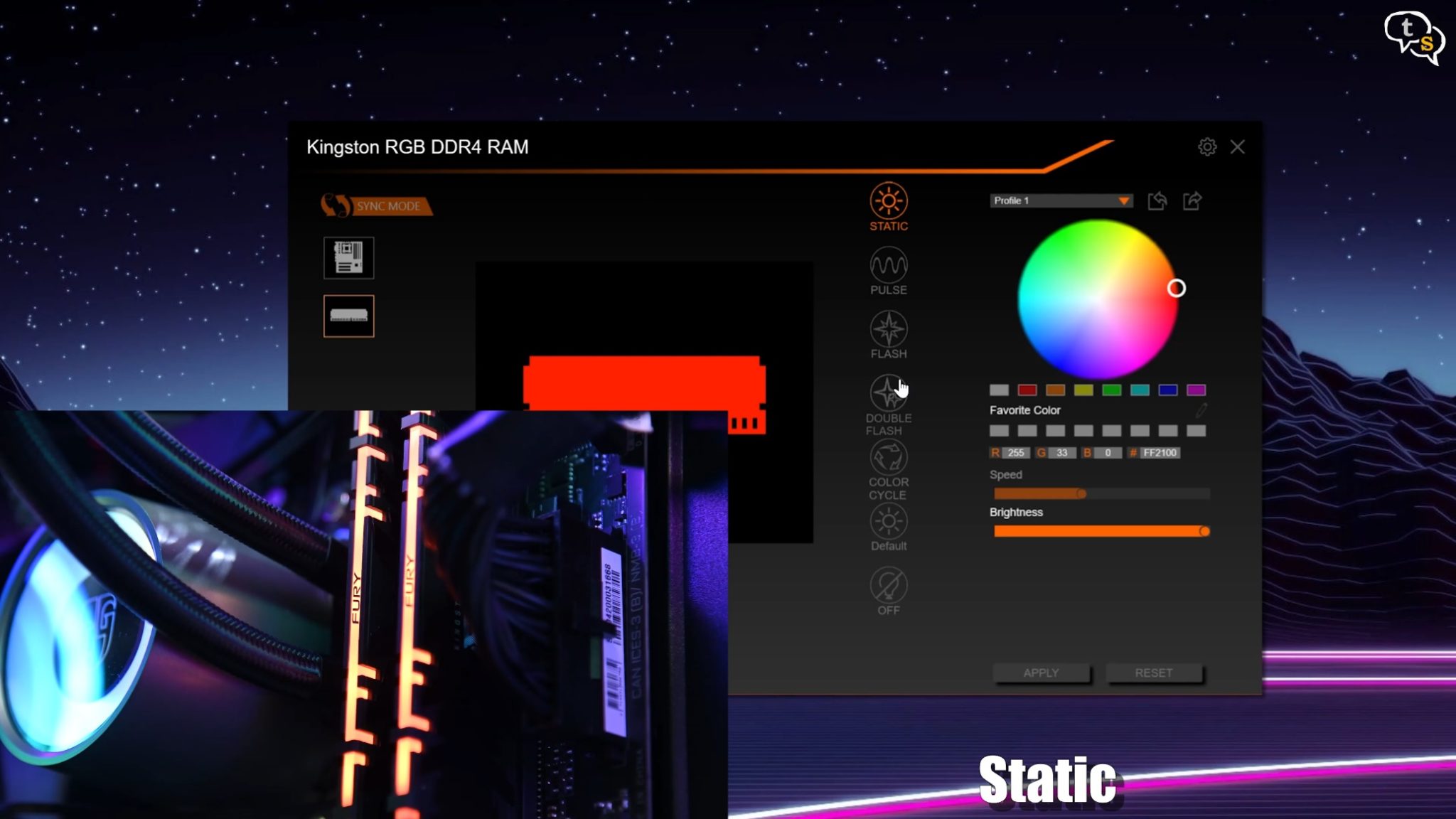
Here, select RAM and just change the effect and the colour, it’s that easy and looks really cool. I’m glad I don’t have to install another software.
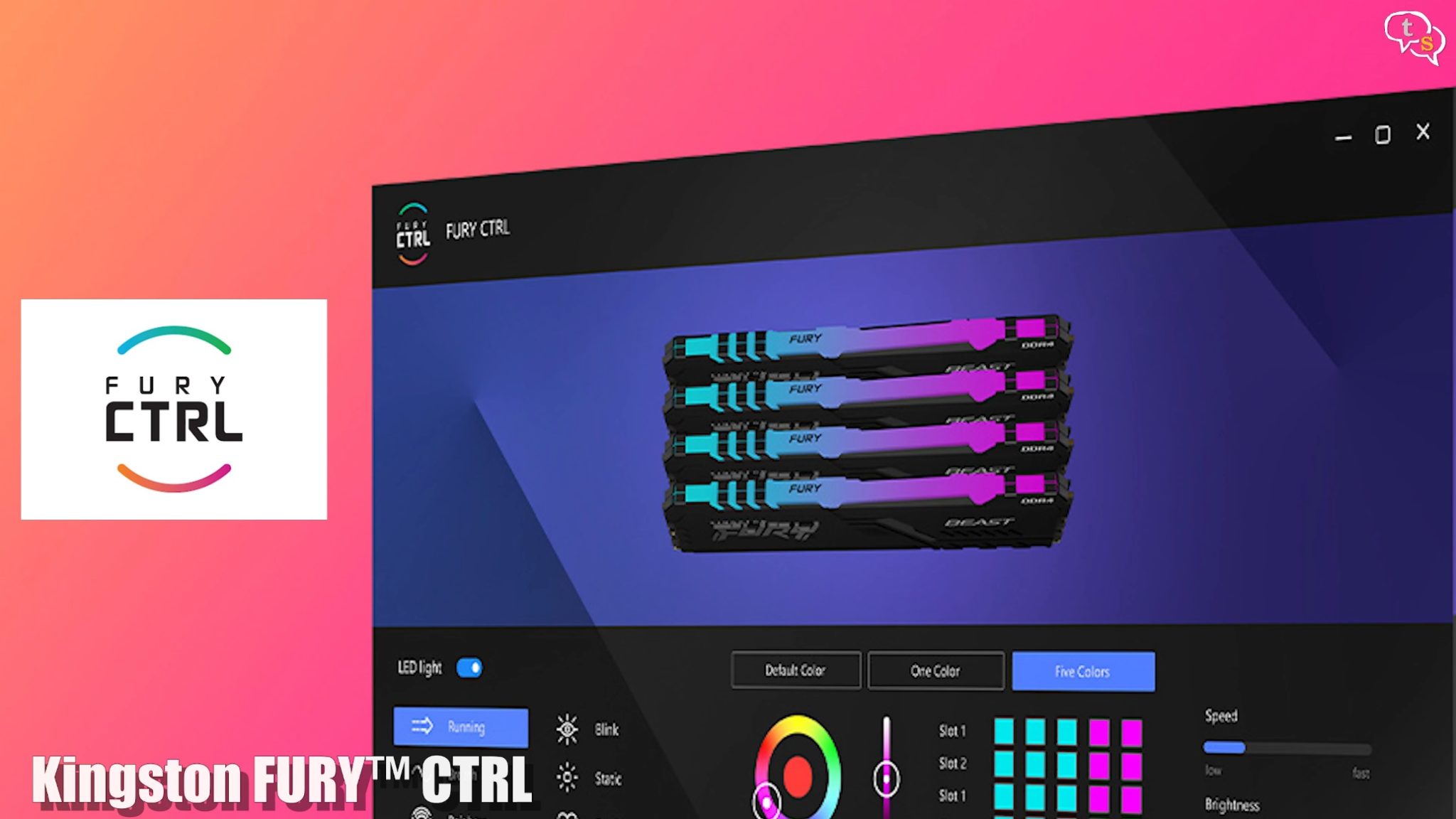
You could also install Kingston FURY CTRL software to customize the lighting too.
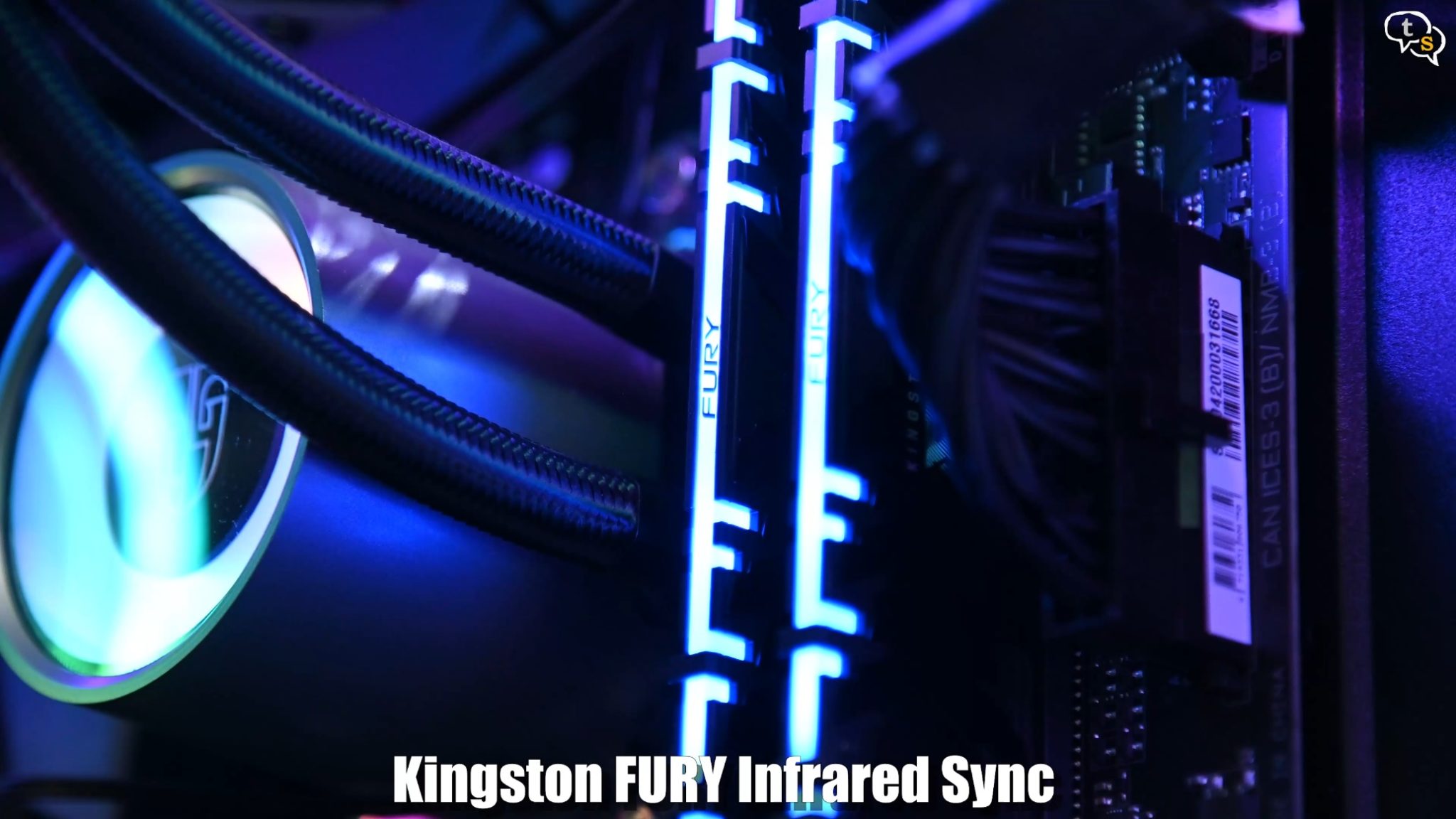
The dynamic RGB lighting effects utilise Kingston FURY’s patented Infrared Sync Technology to provide smooth, synchronised lighting effects. This tech allows for keeping all the modules lighting in sync.
I benchmarked the system swapping between the Corsair 3600 Mhz and Kingston Fury Renegade 4600 Mhz RAM and re-running the tests. The system config is a Ryzen 7 5800X paired with a Inno3d RTX 3070 iCHILL X3
Looking at the numbers, there could be a rounding error as the values are not floating point. The Frame rates looked almost the same, maybe a frame more than the 3600 Mhz RAM.
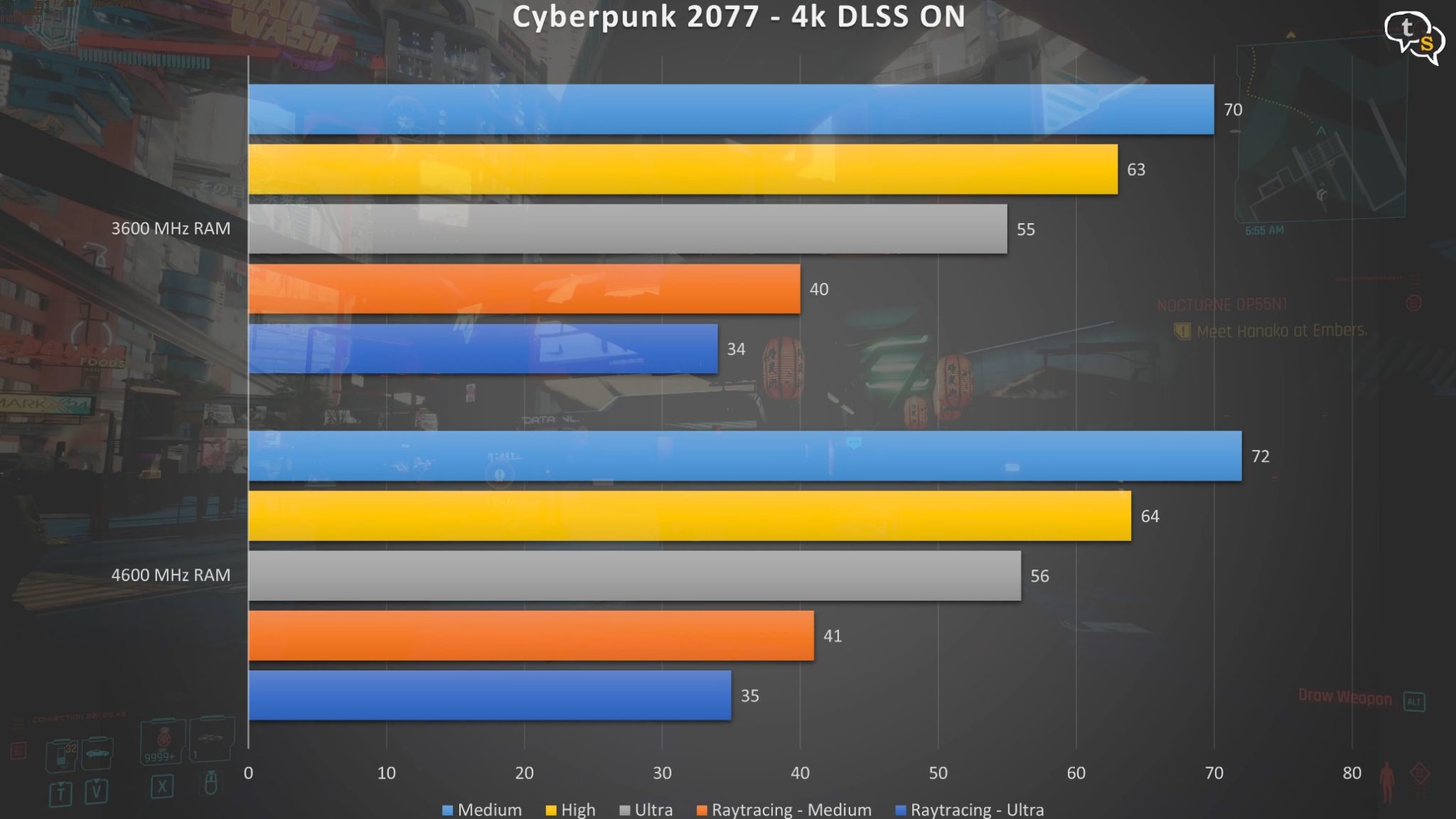
Cyberpunk – 70 fps using the 3600 MHz ram and 72 via the 4600 mhz RAM very close, and just turning a little to the left or right increases or drops the framerates. But there doesnt seem to be much of a difference.
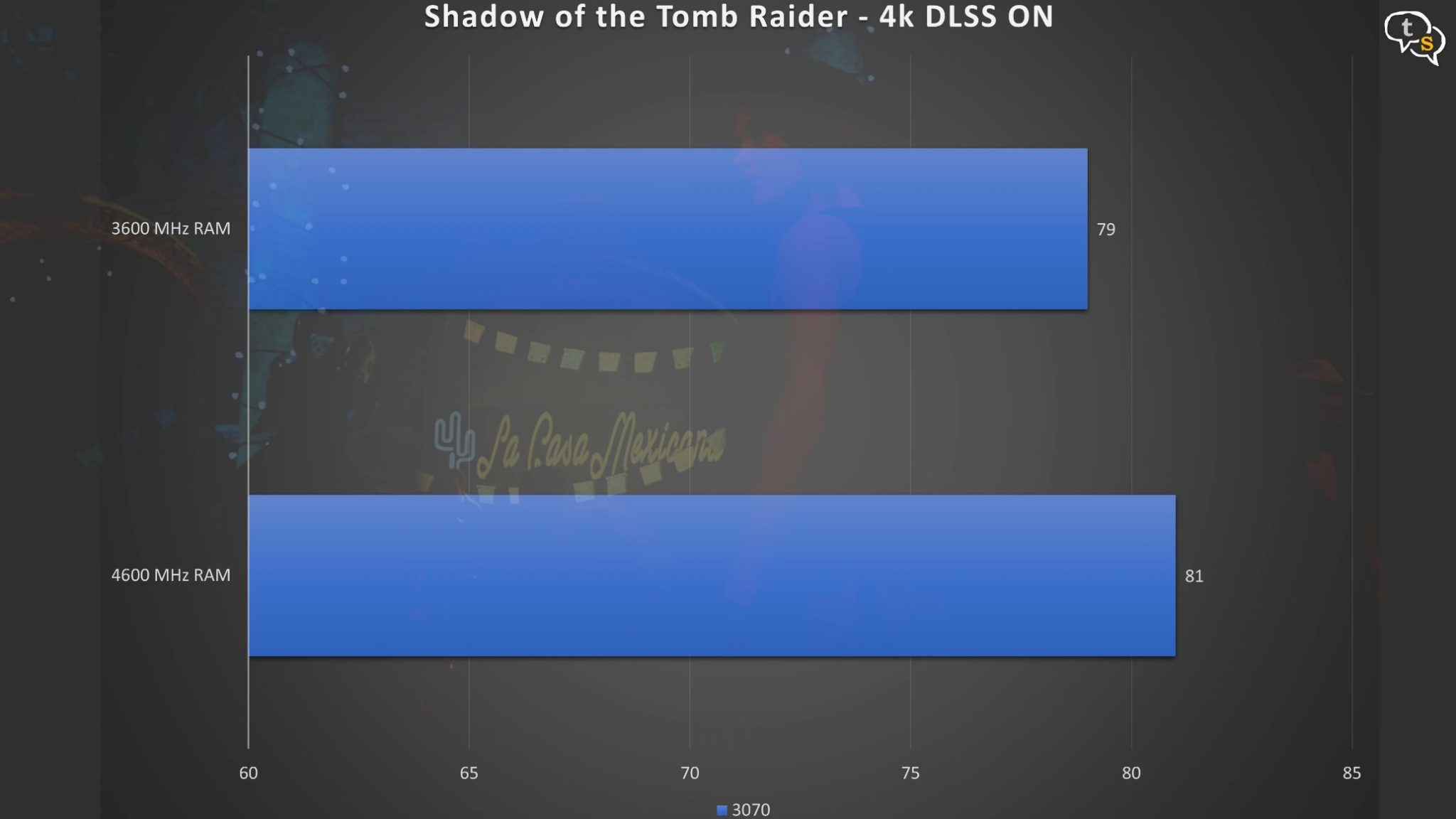
Similarly shadow of the Tomb raider: Similar values, 1 or 2 frames gain using the 4600 Mhz RAM
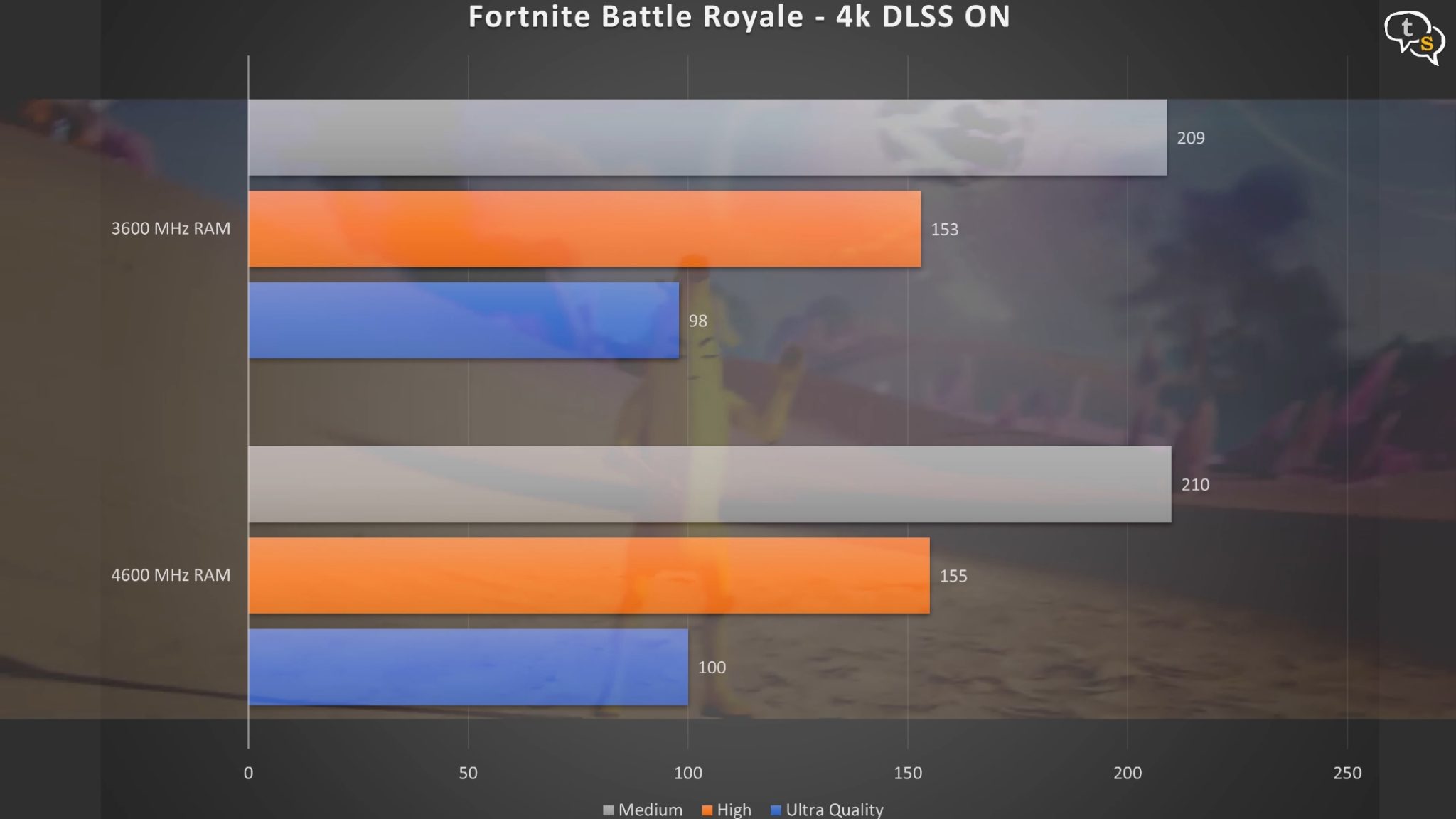
Fortnite saw similar gains too.
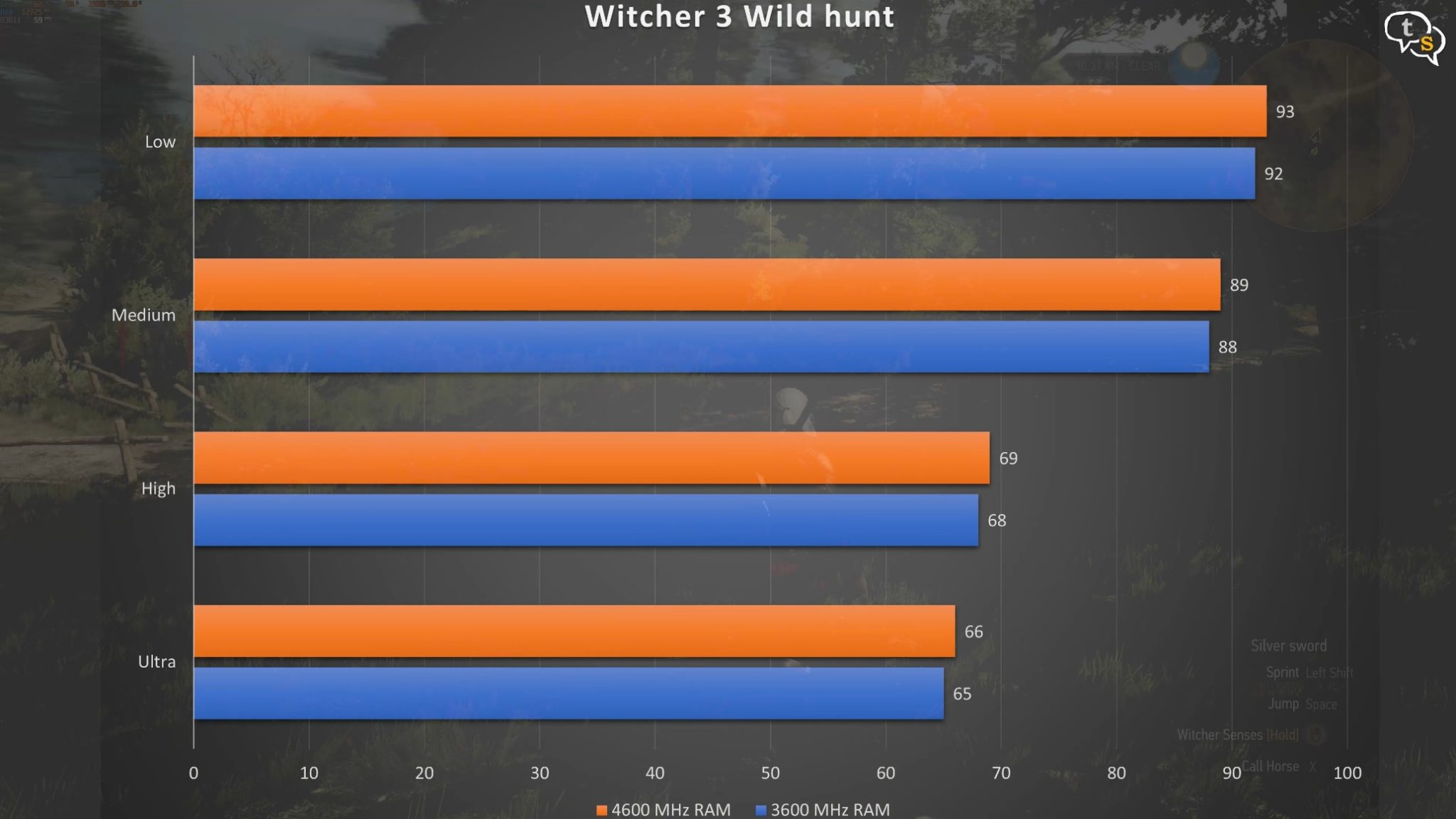
Witcher 3, a classic title, also has similar values.
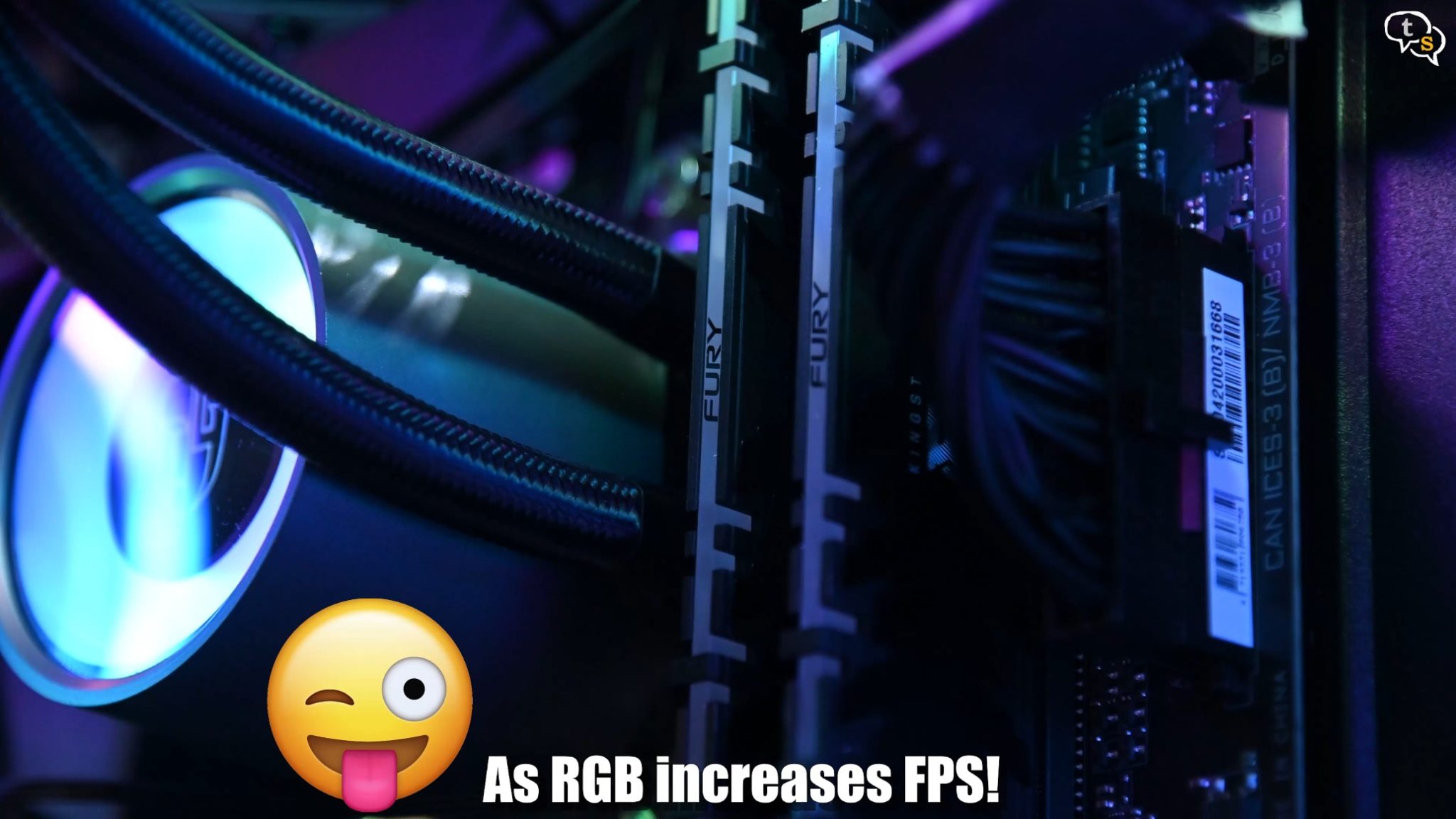
But if you want every frame you can squeeze out of your system, this RAM will help.
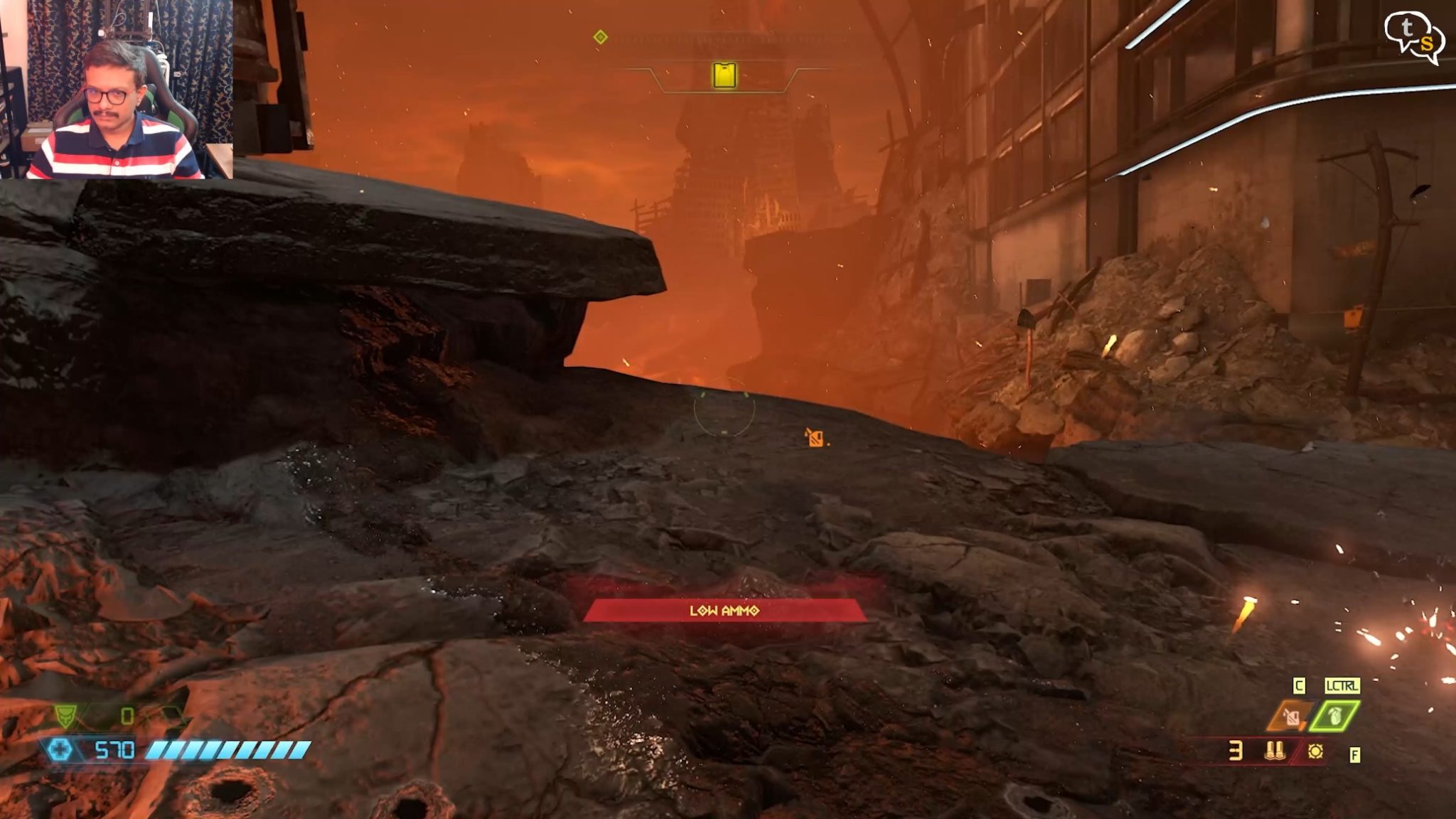
So how well did they work? It’s tough to show what the extra speed brings to the table. Generally, latency is calculated once the data is already loaded onto the RAM, so this being super-fast RAM its ability to pull up what is required once in RAM, will be much faster. RAM speeds would help professional streamers who broadcast allowing it to keep up with the game being played and not drop any frames.
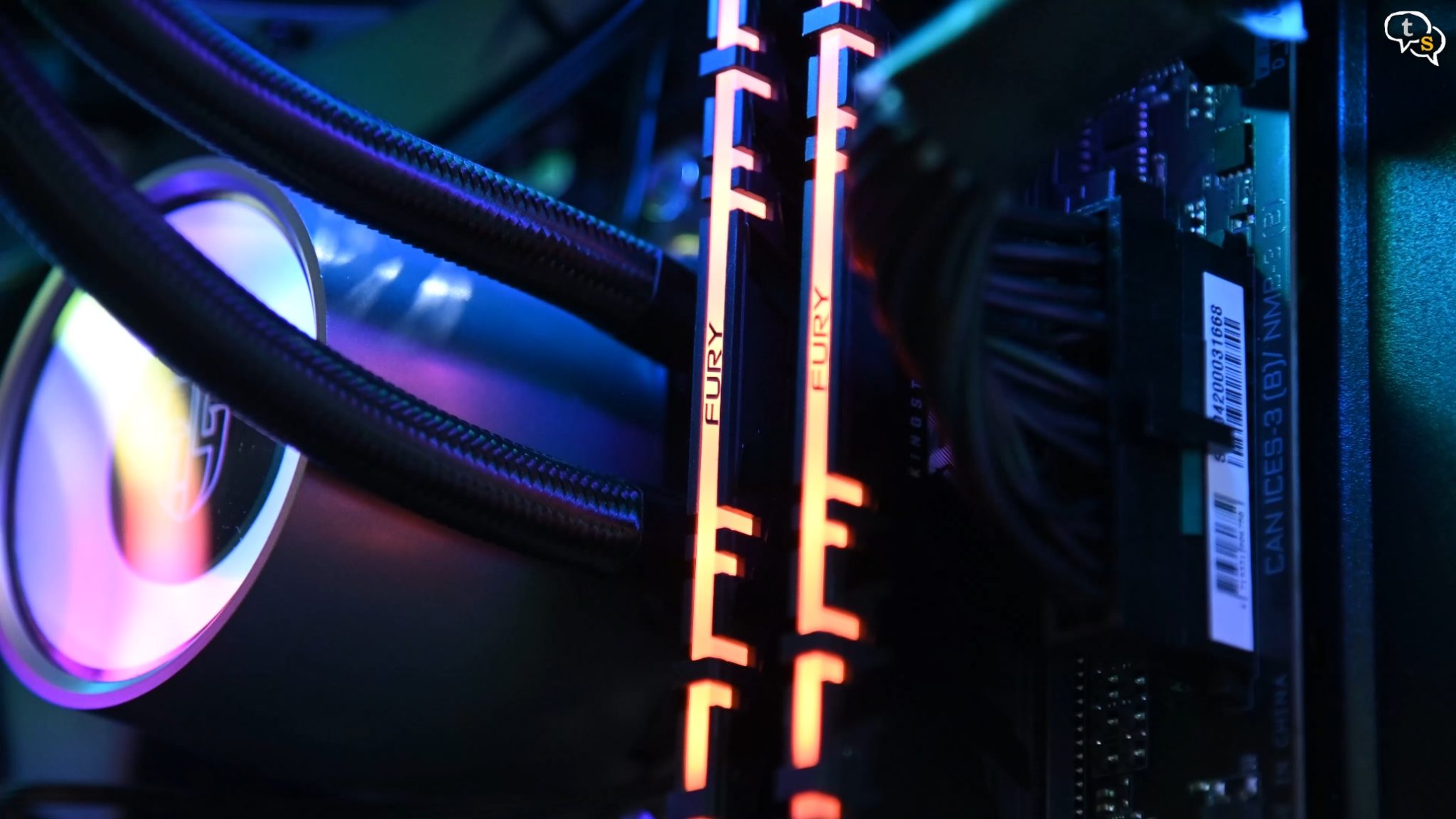
I love the aggressive gamer design and the RGB lighting adds to its style. These DIMM’s are factory tested and backed by a lifetime warranty. The Fury Renegade DDR4 RGB gives you extreme performance, great looks and maximum peace of mind.
It of course doesn’t have the glitz of the G-skill or higher end corsair RGB modules, but what Kingston does right is it provides better relative value. The heat spreader is only available in black as of now, which won’t affect most of us, but for PC builders with a specific colour theme in mind this might disappoint unless you’re building a complete black PC.
So, the FURY Renegade RGB is the perfect upgrade for a gamer who wants cutting-edge performance with brilliant RGB style at a reasonable price.


